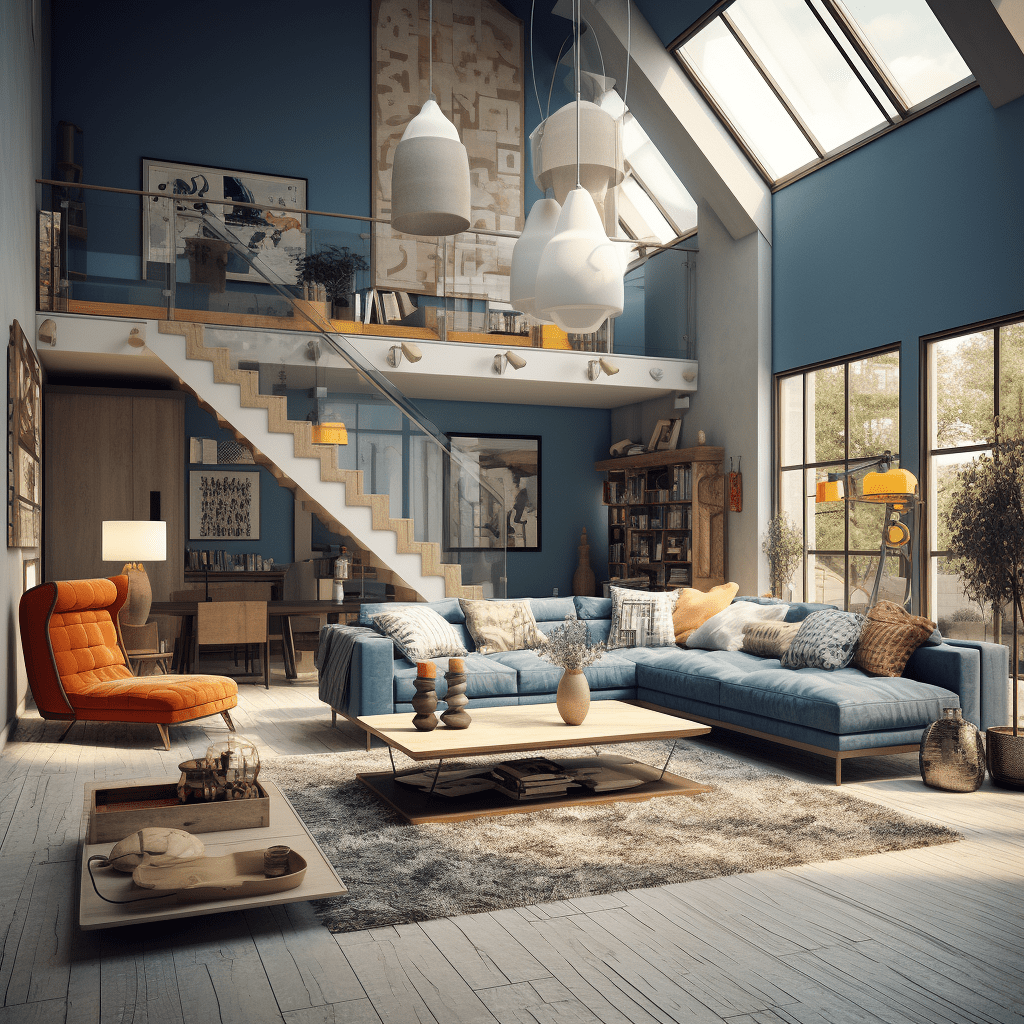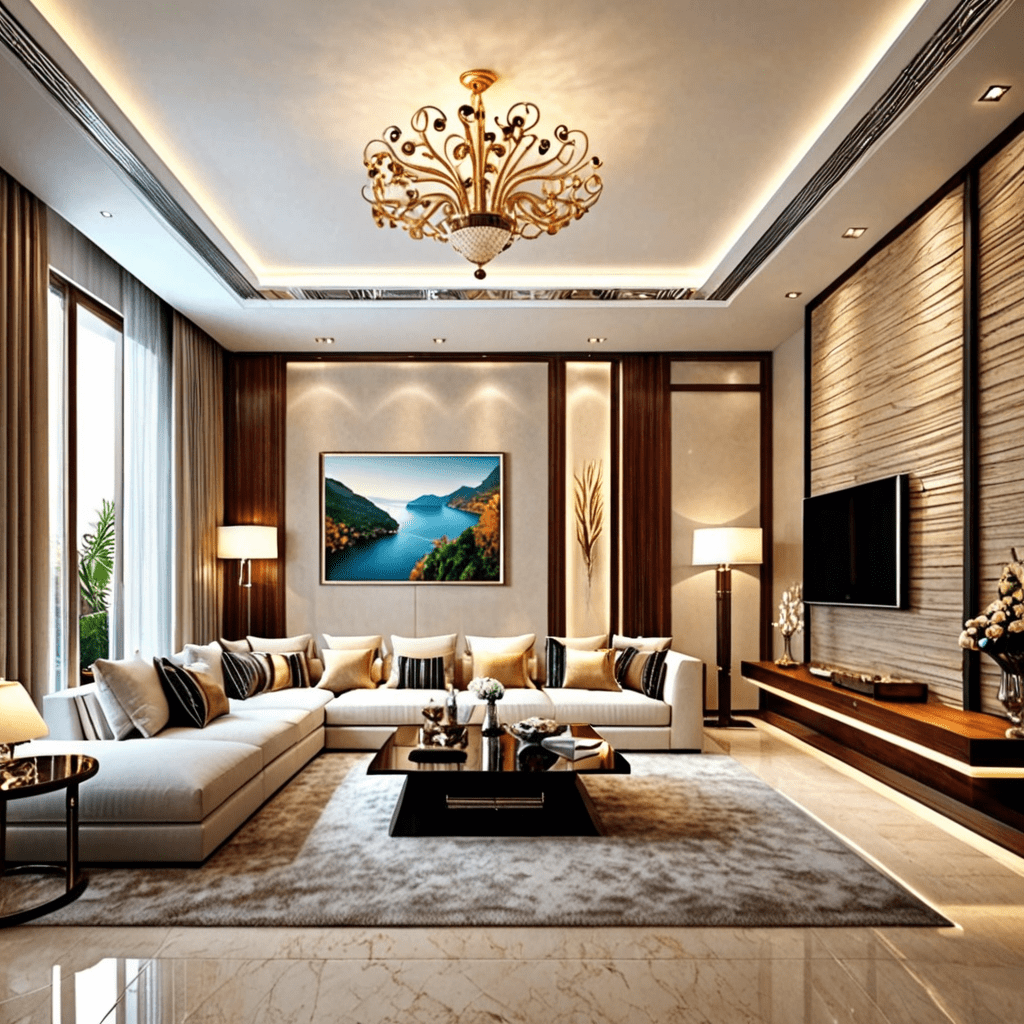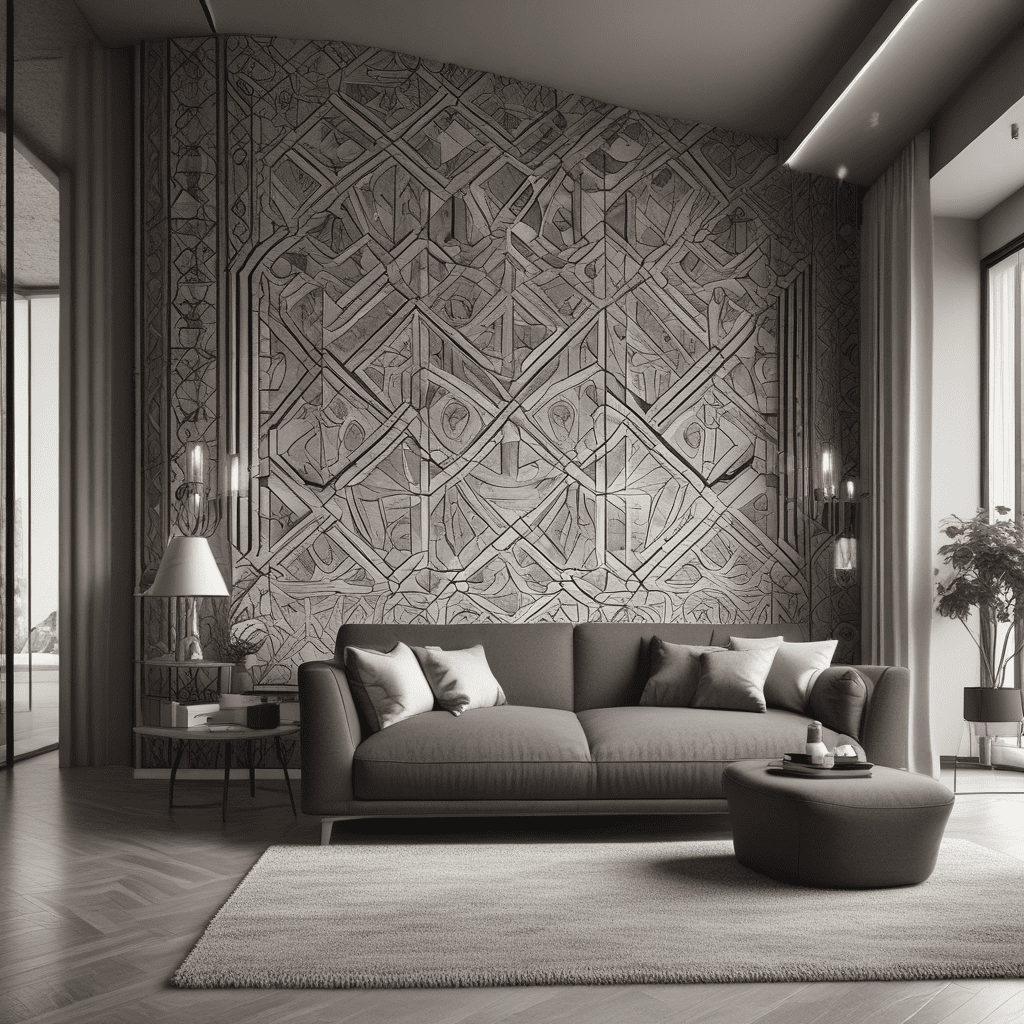50 Interior Design Terms Everyone Should Know


Interior Design Terms Made Simple: A Beginner’s Guide
Are you new to the world of interior design? Do you find yourself getting confused by all the jargon used in this field? Don’t worry, we’ve got you covered! In this article, we will break down some common interior design terms and explain them in simple, easy-to-understand language. So let’s dive right in!
1. Color Palette
When we talk about color palette in interior design, we refer to the range of colors used in a space. This includes the main color as well as any additional shades or tones that complement it. A well-chosen color palette can set the mood and atmosphere of a room, whether it’s a cozy and warm living room or a vibrant and energetic kitchen.
2. Texture
Texture refers to the way a surface feels or appears to feel. It adds depth and visual interest to a space, making it more visually appealing. Texture can be introduced through various elements such as fabrics, wall coverings, or even furniture finishes. For example, a room with a mix of smooth and rough textures can create a balanced and interesting look.
3. Scale and Proportion
When we talk about scale and proportion in interior design, we refer to the size and relationship of objects within a space. Getting the scale and proportion right is crucial to ensure that everything in a room looks harmonious and well-balanced. For example, a small couch in a large living room would look out of place, while a large chandelier in a small bedroom might overwhelm the space.
4. Balance
Balance is all about achieving visual equilibrium in a room. There are three main types of balance in interior design: symmetrical, asymmetrical, and radial. Symmetrical balance involves arranging objects in a mirror-like fashion, creating a sense of formality and order. Asymmetrical balance, on the other hand, involves a more relaxed and informal arrangement, with objects of different sizes and shapes being evenly distributed. Radial balance refers to arranging objects around a central focal point, creating a sense of harmony and unity.
5. Focal Point
A focal point is the center of attention in a room. It can be a striking architectural feature, a piece of furniture, or even a piece of art. The purpose of a focal point is to draw the eye and create visual interest. By strategically placing a focal point in a space, you can create a sense of balance and hierarchy.
6. Ambient Lighting
Ambient lighting refers to the overall illumination of a space. It provides a comfortable level of brightness that allows people to navigate and function in a room. This can be achieved through various sources such as ceiling lights, floor lamps, or wall sconces. Ambient lighting sets the mood and atmosphere of a room, whether it’s a soft and relaxing bedroom or a bright and energizing kitchen.
FAQ
Q: What is the difference between interior design and interior decoration?
A: While the terms are often used interchangeably, there is a subtle difference between interior design and interior decoration. Interior design is a comprehensive process that involves considering the functional and aesthetic aspects of a space, including layout, materials, lighting, and more. On the other hand, interior decoration focuses more on the surface-level elements such as furniture, fabrics, and accessories.
Q: How can I incorporate these interior design terms into my own home?
A: Understanding these interior design terms can help you make more informed decisions when it comes to decorating your own home. Start by considering your color palette, choosing textures that add visual interest, and ensuring a proper scale and proportion of furniture. Create a focal point in each room and pay attention to the ambient lighting. By applying these principles, you can achieve a well-designed and visually pleasing home.
Q: Are these interior design terms applicable to all styles of home decor?
A: Yes, these interior design terms are applicable to all styles of home decor. Whether you prefer minimalistic and contemporary design or a more traditional and eclectic style, understanding these terms can help you create a cohesive and well-designed space. Keep in mind that certain styles might have specific considerations, but the fundamental principles remain the same.
Q: Can I mix and match different design terms in the same room?
A: Absolutely! Mixing and matching different design terms can create a unique and personalized space. For example, you can combine different textures to add visual interest or create a focal point using contrasting colors. Remember to maintain a sense of harmony and balance throughout the room to achieve a cohesive overall look.
Q: Where can I find more inspiration for interior design?
A: There are numerous sources of inspiration for interior design. You can browse design magazines, visit websites and blogs dedicated to home decor, or even visit furniture showrooms and home design exhibitions. Additionally, social media platforms such as Pinterest and Instagram are great sources for finding ideas and inspiration from designers and influencers.
Q: Do I need to hire an interior designer to incorporate these design terms into my home?
A: While hiring an interior designer can be helpful, it is not always necessary to incorporate these design terms into your home. With a little research and understanding, you can apply these principles to your own space. However, if you feel overwhelmed or need guidance, hiring a professional can ensure a more cohesive and well-executed design plan.
Now that you have a better understanding of these interior design terms, you can confidently explore the world of home decor and create spaces that reflect your personal style and taste. Remember, interior design is all about finding a balance between functionality and aesthetics, so have fun experimenting and creating beautiful spaces!



